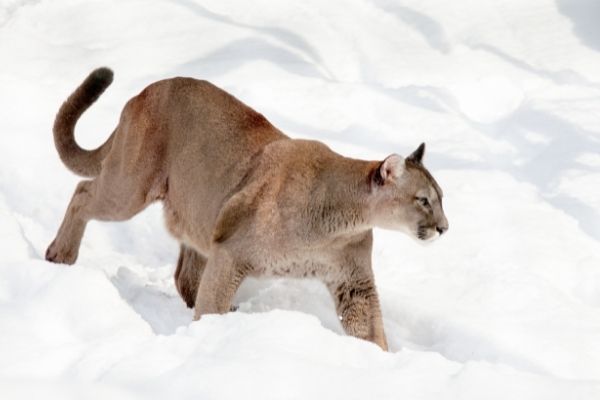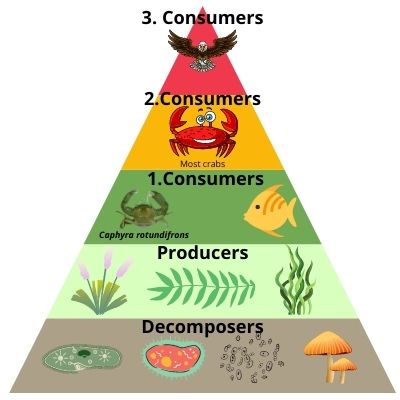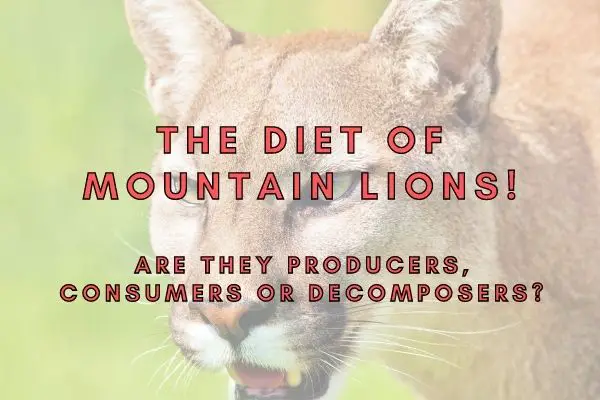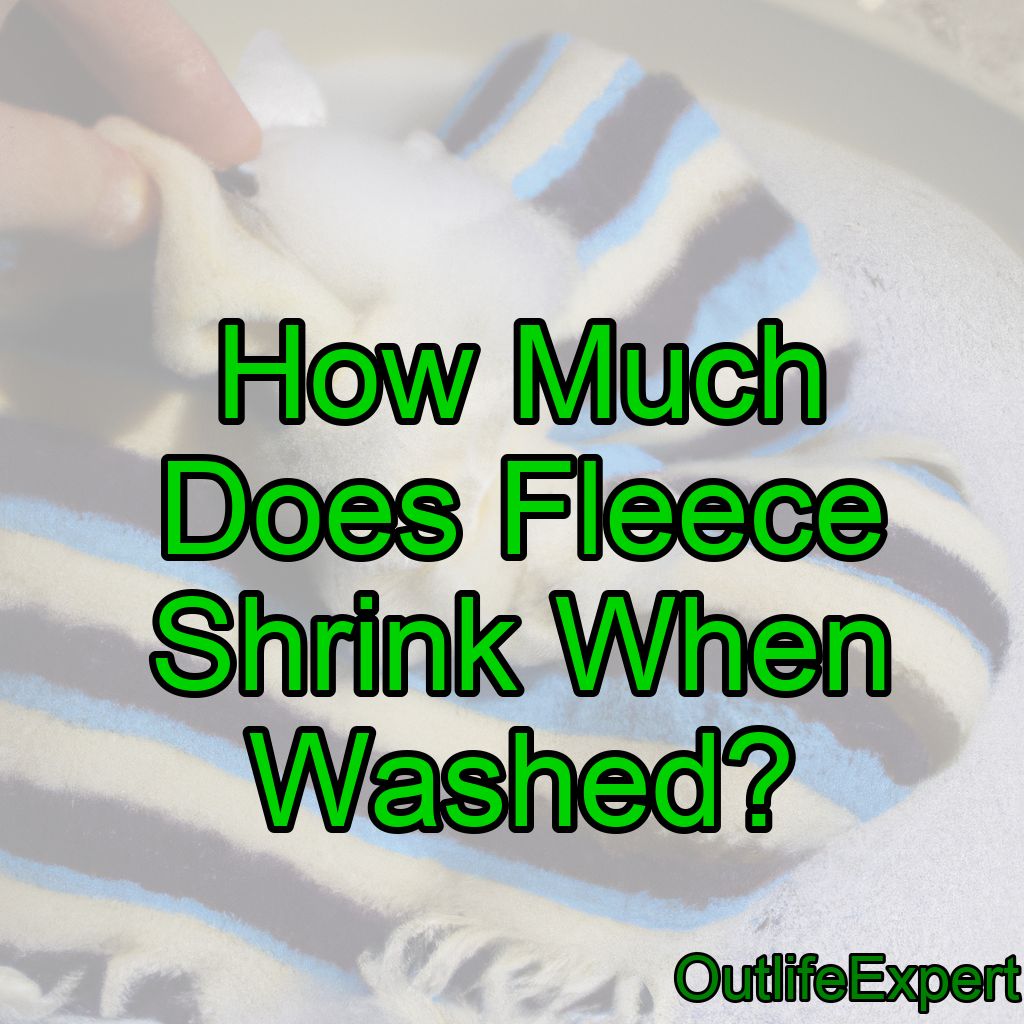Mountain lions are carnivores that live in the western United States. They are tertiary consumers, which mean they eat animals are predators themselves. Mountain lions are also known as pumas, cougars, catamounts or panthers.
The mainstay of their diet is deer, but they will also eat rabbits, turkey, raccoon, and porcupine depending on what is available in their habitat.
Being a predator of other carnivores makes the mountain lion a tertiary consumer rather than a producer, or a decomposer. Mountain lions live in a variety of habitats, including deserts, forests, and grasslands. Mountain lions are carnivores that eat deer, raccoons, rabbits, and other animals for food.
Mountain lions are ambush predators. They will stalk their prey for miles before leaping on them and delivering a fatal bite to the neck.
Once they have killed their prey, they will drag it to a safe location and cover it with leaves or snow before eating it.
Mountain lions usually hunt alone, but sometimes they will work together to take down large prey.
When mountain lions work together, they use their powerful hind legs to knock their prey off balance so that one of the cats can deliver the killing bite.
Primary Diet of the Mountain Lion
The mountain lion’s primary diet is deer, which makes up 50% of a lion’s diet. The mountain lion also eats smaller animals like rabbits and raccoons. The mountain lion will also eat smaller birds and mammals like porcupines and skunks.
Feeding Habits and Digestion of the Mountain Lion
The mountain lion’s sharp canine teeth are used to kill prey. The lion will bite through the neck of the animal and kill the prey by suffocation.

The mountain lion’s digestive system is able to rapidly process meat. It does so in four steps: The first step is to break down proteins, the second step is to break down and absorb carbohydrates, the third step is to break down fats, and the fourth crucial nutrient extracted are the minerals. This all happens in the cat’s small intestines.
Are Mountain Lions Carnivores, Herbivores or Omnivores?
Mountain lions are carnivores because they primarily eat animals. Mountain lions do not eat plants, fruits or vegetables. They evolved from a long line of terrestrial lizards who, similarly, did not eat any plants. Even pet mountain lions will never eat plants. Sometimes, they may get plant matter in their gut because of the herbivore prey they ate, but this is consumed unintentionally.
Are Mountain Lions Producers, Consumers or Decomposers?
Mountain lions are consumers because they eat other living things. Mountain lions are carnivores, which mean that they eat other animals. Only plants as well as some bacteria and protozoa are producers. Decomposers eat dead things and are mostly bacteria and fungi.
What Type of Consumer is a Mountain Lion?
Mountain lions are tertiary consumers because some of the animals eaten by mountain lions also eat animals!
Generally, herbivores are primary consumers, omnivores secondary consumers and predators are tertiary consumers.
Can Mountain Lions be Considered Decomposers?
Whereas mountain lions sometimes eat dead animals or carrion, they are not considered scavengers or decomposers.
However, the bacteria in the guts of mountain lions may be considered decomposers.
Therefore, no animal species are true decomposers because decomposers are mainly bacteria and fungi.
What decomposers eat mountain lions when they die?
Many decomposers and scavengers may eat a dead mountain lion when it dies.
A mountain lion may die for many reasons such as fights with other animals, including dominance fights with other mountain lions, it could be damaged when hunting larger prey, run over by a car, or they may simply die of old age!
When the mountain lion is dead, it is likely that smaller detritivores like flies, worms, beetles and snails will find it first to find the corpse. Later, larger scavengers like vultures, rats, crows, ravens, magpies and even other other mountain lions will come and feast on the decaying mountain lions flesh.

After days and weeks have passed, little actual flesh is left and only the tough parts like skin, teeth, bones and hairs are available for consumption by the real decomposers – bacteria and fungi!
Whereas fungi are more into decomposing plant matter, bacteria are certainly going to present and the gasses released by their digestion can be smelled from afar.
Bacterial species such as Pseudomonas, Bacillus and E. coli will start eating away the very last parts of the animal till absolutely nothing is left! This final process can take months to years.
Where are Mountain Lions in the Food Chain?
As predators, mountain lions sit at the top of the food chain and are considered tertiary consumers. The vast majority of a mountain lion’s diet is composed of small mammals like rodents and birds, but they may also eat other snakes or frogs that themselves consume animals.

The primary consumers are the herbivores and the primary producers are mostly plants and the algae and cyanobacteria in lakes and oceans.
See my post on decomposers to learn which animals belong to the bottom of the pyramid!
Is a Mountain Lion an Autotroph or a Heterotroph?
Mountain lions are heterotrophs because they eat other living organisms. Practically no animals are autotrophic because animals do not get their energy directly from the sun like plants do.
That is, animals like the cougars cannot make their own energy, but need to eat other organisms as their energy and carbon source.
What Animals Hunt and Eat Mountain Lions?
While cougars may be at the top of the food chain, they are not without their own predators.
Some of the most common predators of cougars are bears and humans, but also sometimes very large birds like eagles. Humans pose a threat to cougars through hunting and habitat destruction.
Conclusion
In this blog post I have looked at the diet of the cougar also known as mountain lions. Mountain lions are a group of large felids that are found in the Americas.
Mountain lions are predators and have a varied range of prey. They have recently had a number of encounters with humans, leading to some fatalities.
They all are tertiary consumers. Carnivores like deer and rabbits that are at the bottom of the food chain cannot survive without the lion and the other three carnivores to feed on them.
It is important to think about these tertiary consumers because they provide a vital link in the food chain and enable certain species to exist and reproduce.
However, cougars are not decomposers because few animals really are! If you want to know more about actual decomposers, take a look at my other blog posts on the topic and why decomposers are so important for our ecosystems.





